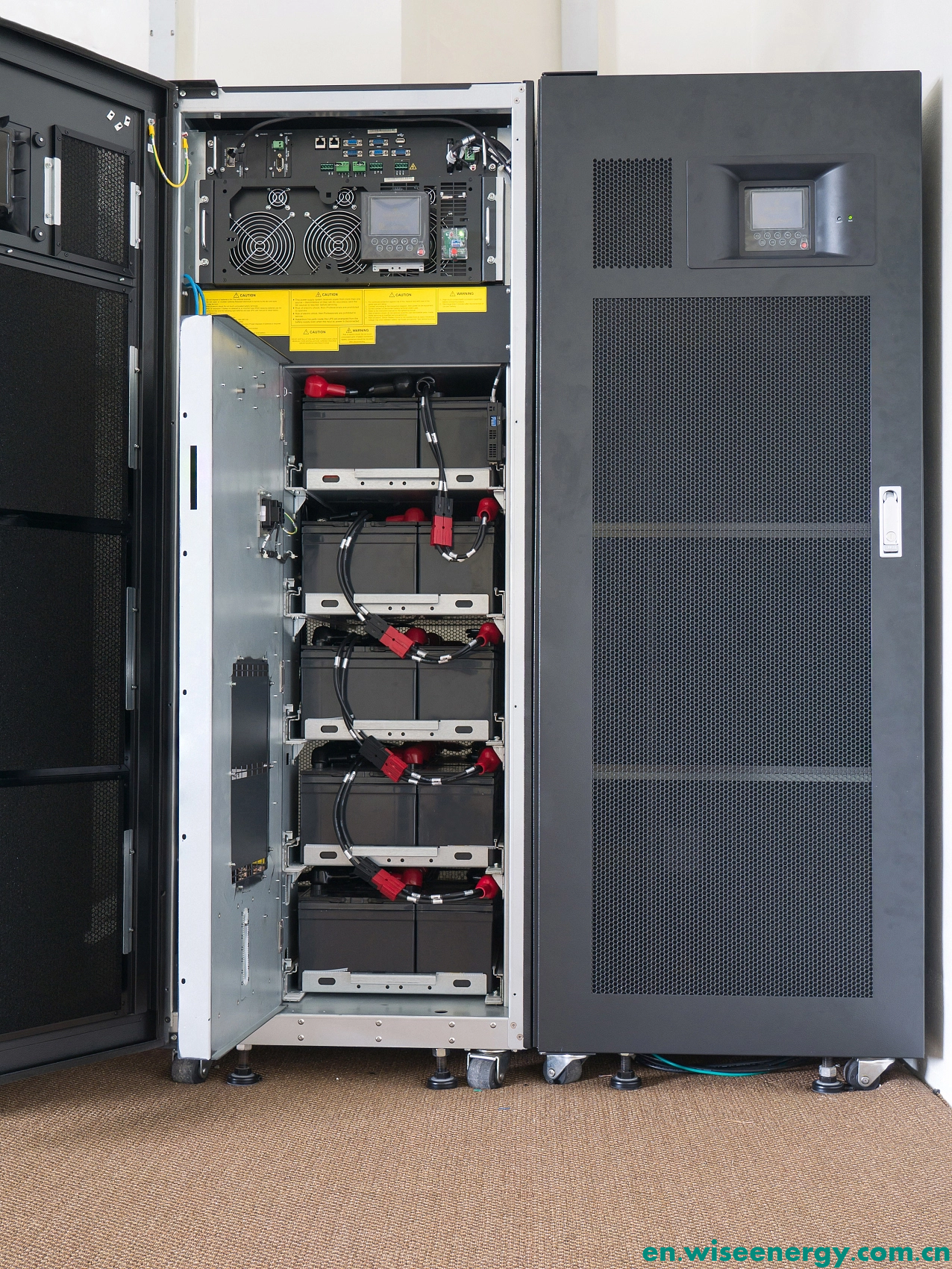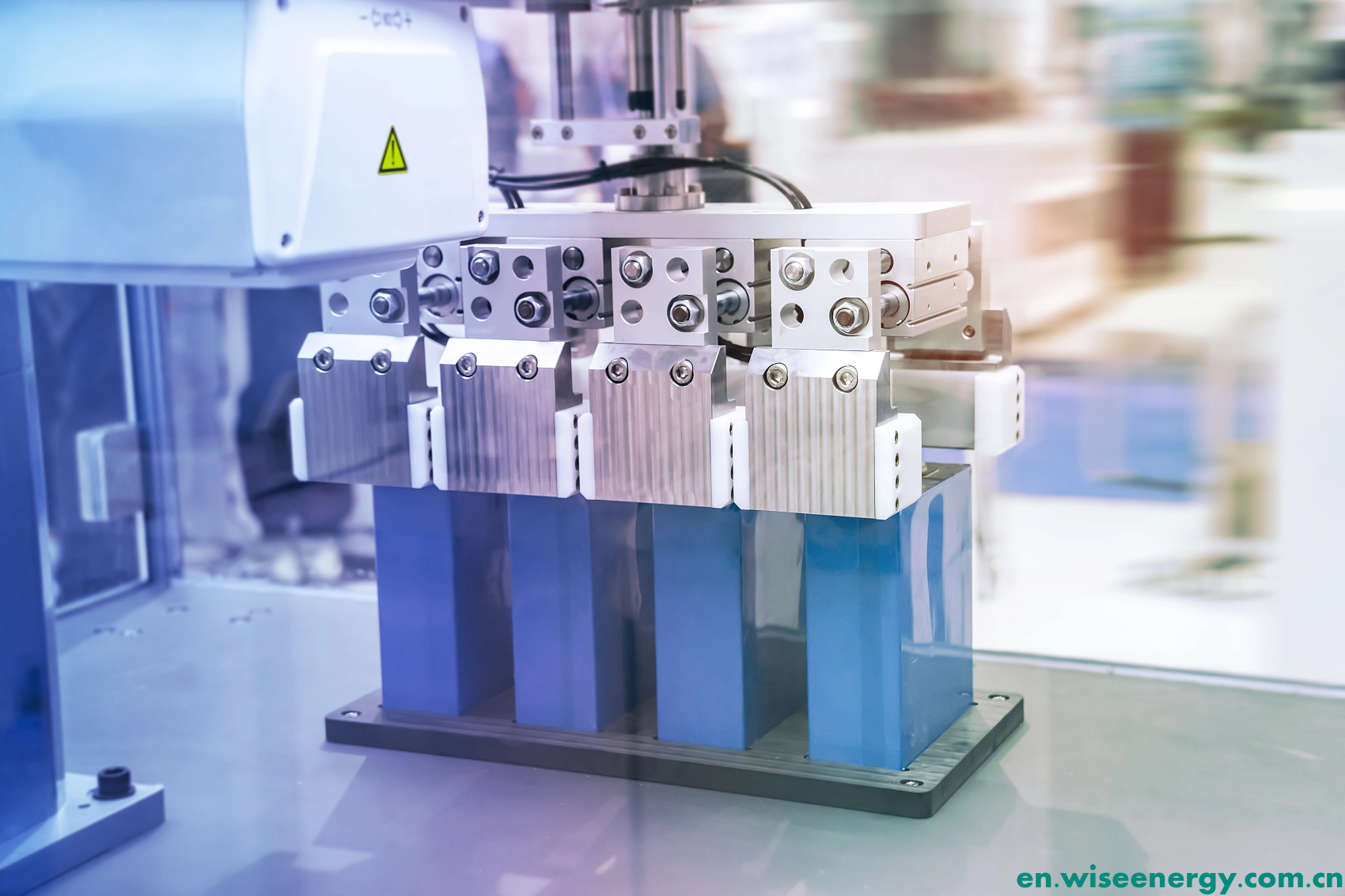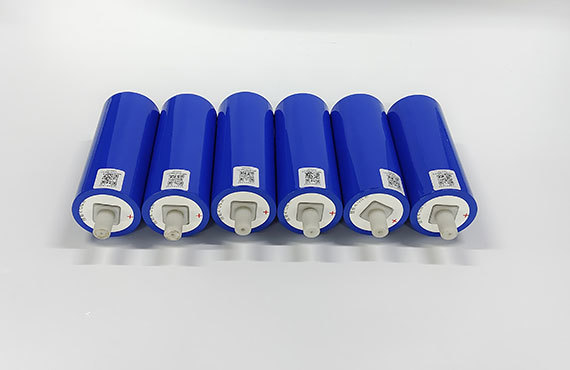Unlocking the Mysteries of Lithium Titanate: Your FAQs Answered
Release time:
2025-07-28
Explore common questions about Lithium Titanate, its uses, benefits, and more in this comprehensive guide.
What is Lithium Titanate?
Lithium titanate, also known as Li4Ti5O12, is a fascinating compound that has gained traction in the battery world. Its unique structure allows for rapid charging and excellent cycle stability, making it a preferred choice in various applications, especially in electric vehicles and renewable energy storage systems. But what’s the big deal, right? Let’s dive into some of the most common questions surrounding this powerhouse material.

Why Choose Lithium Titanate for Batteries?
Ah, the age-old question! Lithium titanate batteries offer several advantages over traditional lithium-ion options. For starters, they can handle a whopping 10,000 charge cycles without significant degradation. That’s like the Energizer Bunny of batteries! Plus, they’re super fast at charging—often reaching full capacity in under 30 minutes. Who doesn’t want a quick power-up?
How Does It Compare to Other Battery Technologies?
When you stack Lithium Titanate against other battery technologies like lithium-ion or nickel-metal hydride, it’s like comparing apples to oranges. While lithium-ion batteries typically offer higher energy density (which means they can store more energy), Lithium Titanate shines in terms of longevity and safety. It’s less likely to catch fire and can operate in a broader temperature range. Talk about peace of mind!
Are There Any Drawbacks?
Oh, absolutely! No tech is perfect. Lithium titanate batteries tend to have a lower energy density, which means they might not last as long on a single charge compared to lithium-ion batteries. This can be a bit of a buzzkill, especially for applications requiring long-range capabilities. However, when safety and speed are paramount, many find the trade-off worthwhile.
Where Are Lithium Titanate Batteries Used?
Great question! You can find Lithium Titanate batteries in a variety of settings. They’re often used in electric buses, grid energy storage, and even in some high-performance power tools. This versatility makes them a go-to choice for industries that demand reliability and quick turnaround times. So, if you see one of those electric buses zooming by, there’s a good chance it’s powered by Lithium Titanate!
Can Lithium Titanate Be Recycled?
You betcha! Recycling Lithium Titanate batteries is not only possible, but it’s also essential for sustainability. The materials can be reclaimed and reused, which helps reduce the environmental impact. With the growing focus on eco-friendly practices, recycling these batteries is becoming more common, paving the way for a greener future.
What’s the Future of Lithium Titanate?
The future looks bright, folks! As technology advances, we can expect to see even more applications for Lithium Titanate. Researchers are continuously trying to boost its energy density while maintaining those speedy charge capabilities. This means we might soon witness a new era of ultra-fast, long-lasting batteries that could revolutionize how we power our lives!
Wrapping It Up
In a nutshell, Lithium Titanate is a game-changer in the battery world. Its ability to charge quickly, last long, and operate safely makes it a top contender, especially in high-demand scenarios. While it may not be the perfect fit for every situation, its unique qualities offer a glimpse into the future of energy storage. So, the next time you hear about Lithium Titanate, you’ll know exactly what all the fuss is about!






